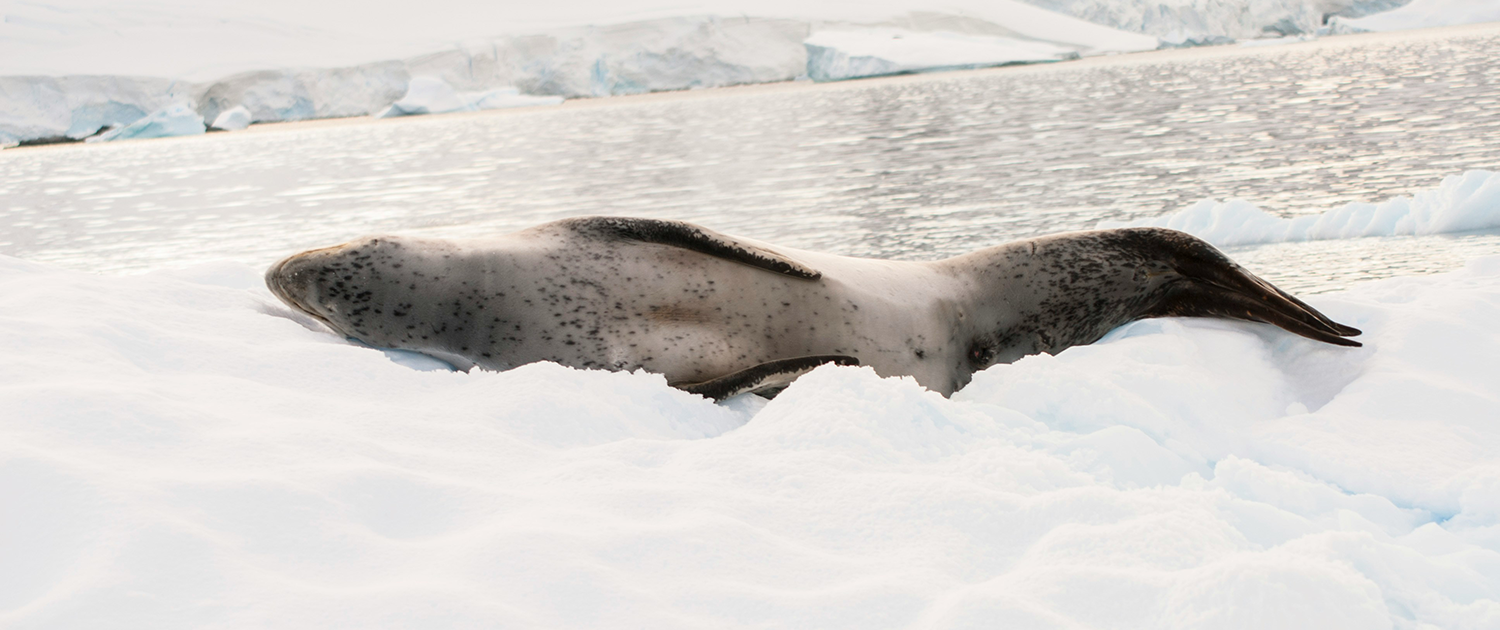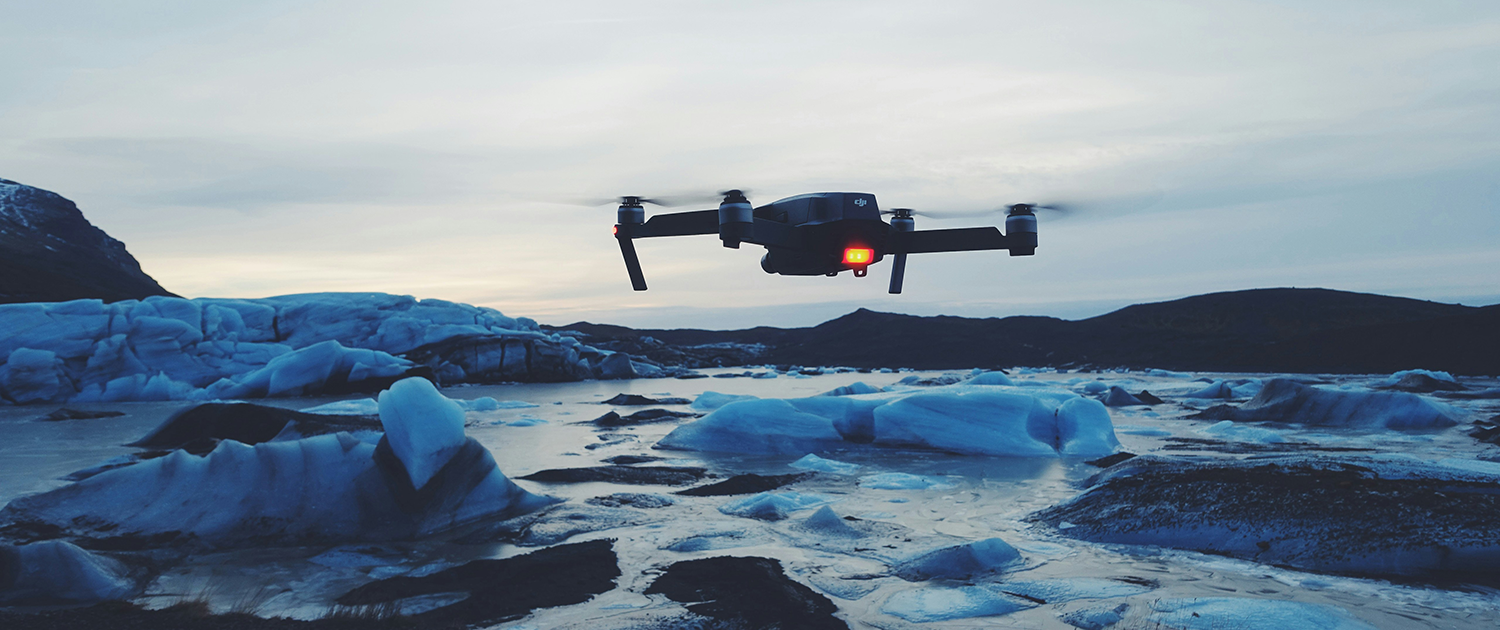The impacts of climate change are felt acutely by Indigenous communities across Canada, with significant consequences for physical, mental, and spiritual health. As temperatures rise, ecosystems shift, and traditional ways of life are disrupted, Indigenous Peoples and communities face unique health challenges. However, these communities are also at the forefront of developing holistic approaches to addressing these impacts.
The Interconnected Nature of Indigenous Health
Indigenous perspectives on health embody a profound understanding of interconnectedness, where well-being emerges from harmonious relationships between people, land, water, and spirit. This holistic worldview recognizes that human health is inseparable from the health of the ecosystems that sustain us, creating a web of reciprocal relationships that nourish physical, mental, and spiritual wellness.
Sacred relationships form the foundation of Indigenous health understanding. These connections extend beyond individual well-being to encompass deep bonds with traditional territories, water systems, and food sources. Ceremonial healing practices and land-based wellness approaches honour these relationships, while traditional medicine protocols and ancestral healing knowledge guide health practices through seasonal ceremonial cycles. This sacred framework recognizes that human health cannot be separated from environmental health.
Environmental connections play a crucial role in maintaining wellness. Clean water relationships and healthy land connections provide the foundation for traditional food access and medicinal plant stewardship. The protection of sacred sites and maintenance of ecosystem balance demonstrate how environmental responsibility directly impacts human health. This understanding recognizes that the preservation of biodiversity is essential for maintaining community wellness.
Community wellness emerges through intergenerational relationships and cultural knowledge transmission. Strong support networks facilitate collective healing practices, while traditional teaching methods ensure the continuation of shared wellness responsibilities. These social bonds maintain cultural continuity, recognizing that individual health is inextricably linked to community well-being. The strength of these connections provides resilience in facing contemporary health challenges.
Mental and emotional well-being flows from strong connections to territory and cultural identity. Participation in traditional ceremonies and community activities creates a sense of belonging that supports psychological health. Land-based healing practices and spiritual ceremonies provide powerful tools for maintaining mental wellness, while intergenerational support ensures cultural expression continues to nurture emotional health.
Physical health practices reflect this interconnected understanding through traditional food systems and active land-based activities. Natural medicine knowledge guides seasonal activities and traditional sports, while harvesting and food preparation methods maintain important connections to the land. These traditional movement practices recognize that physical health emerges from active participation in cultural activities.
Spiritual wellness, maintained through ceremonial participation and sacred site connections, forms a crucial component of overall health. Traditional teachings and cultural protocols guide spiritual practices, while Elder and Knowledge Keeper guidance ensures proper understanding of creation stories and ancestral relationships. This spiritual foundation supports all aspects of health and well-being.
Contemporary applications of these traditional approaches demonstrate their continued relevance. The integration of traditional healing with modern health services creates more effective community-led health programs. Land-based wellness initiatives and cultural health programs provide crucial support for mental health and youth wellness, while Elder-guided healing ensures these approaches maintain their cultural integrity.
This comprehensive understanding of health demonstrates how physical, mental, and spiritual well-being emerge from proper relationships with land, water, and community. By maintaining these connections, Indigenous approaches to health provide powerful models for addressing contemporary wellness challenges while preserving cultural knowledge and practices.
Indigenous-Led Health Initiatives Addressing Climate Impacts
Indigenous communities demonstrate remarkable leadership in developing comprehensive approaches to address the intersecting challenges of climate change and community health. Their innovative responses combine traditional knowledge with contemporary practices, creating effective models for health adaptation and resilience that honour cultural values while meeting modern challenges.
Land as Medicine: Indigenous Healing Programs Bridge Traditional and Contemporary Wellness
Land-based healing programs emerge as cornerstone initiatives in Indigenous health responses to climate change. These programs create powerful spaces where traditional healing practices merge seamlessly with contemporary mental health support. Through guided activities on the land, community members strengthen their cultural connections while addressing climate-related anxiety and stress. These programs prove particularly effective in supporting Youth and Elders, creating opportunities for intergenerational knowledge transfer while building community resilience. As environmental conditions change, these programs adapt traditional therapeutic practices while maintaining their cultural integrity and healing power.
Preserving the Sacred: Indigenous Communities Revitalize Traditional Medicine in a Changing Climate
Traditional medicine revitalization efforts demonstrate Indigenous communities’ commitment to preserving and adapting crucial health knowledge. Knowledge Holders work diligently to document traditional plant knowledge while developing strategies to address changing plant distributions and access. Medicine gardens serve as living laboratories where communities cultivate essential plants while training new practitioners in traditional healing arts. These initiatives carefully integrate climate change considerations into medicine protocols, ensuring these vital practices remain viable despite environmental changes. The protection of sacred medicine sites and preservation of ceremonial practices remain central to these efforts.
Watching with Purpose: Indigenous Communities Lead Climate-Health Monitoring
Community-based monitoring programs provide essential information for health adaptation strategies. Through systematic tracking of environmental changes and their health impacts, communities develop sophisticated understanding of climate-health relationships. These Indigenous-led initiatives combine traditional knowledge with contemporary research methods, creating powerful tools for early warning and response. Local capacity building ensures communities maintain control over health monitoring while building valuable knowledge sharing networks that benefit multiple communities.
Guardians of Land and Life: Indigenous Stewards Connect Environmental and Community Health
The Indigenous Guardians program exemplifies how traditional stewardship practices support community health. Guardians serve as front-line observers of environmental change, monitoring conditions that affect community well-being. Their work protecting traditional medicine areas and tracking ecosystem changes provides crucial data for health planning. Through their efforts gathering traditional foods and preserving sacred spaces, Guardians maintain vital connections between environmental and community health.
Weaving Resilience: Indigenous Communities Create Adaptive Health Solutions for Climate Change
Adaptive health strategies emerge from these integrated efforts, demonstrating Indigenous communities’ sophisticated approach to climate-health challenges. Climate-responsive health planning incorporates traditional food system adaptation while strengthening mental health support networks. Cultural strengthening programs build community resilience, while enhanced emergency response capacity helps communities address acute climate impacts. Youth engagement initiatives ensure these adaptive strategies continue evolving, while Elder support systems maintain connections to traditional knowledge.
Braiding Knowledge: Indigenous Communities Unite Traditional Wisdom with Modern Innovation
The integration of knowledge systems within these initiatives demonstrates Indigenous communities’ ability to blend traditional wisdom with contemporary approaches. This synthesis creates innovative health solutions while preserving crucial cultural knowledge. Through community-led research and adaptive management practices, Indigenous communities develop sustainable approaches to health that respond to current challenges while maintaining traditional values and practices.
Holistic Approaches for Climate Resilience
As climate change continues to impact the health and well-being of Indigenous communities across Canada, the responses emerging from these communities offer powerful models of resilience and adaptation. By approaching health holistically – considering physical, mental, emotional, and spiritual dimensions – and grounding solutions in cultural knowledge and practices, Indigenous Peoples are developing strategies that not only address immediate health impacts but also build long-term community resilience.
These Indigenous-led approaches to addressing the health impacts of climate change offer important lessons for all of Canada and indeed the world. They demonstrate the power of integrating traditional knowledge with modern health practices, the importance of community-led initiatives, and the need for holistic approaches to health and well-being in the face of environmental change.
As Canada grapples with the broader health implications of climate change, the wisdom and resilience demonstrated by Indigenous communities provide a valuable roadmap for creating health systems and policies that are not only responsive to climate impacts but also rooted in a deep, respectful relationship with the land and all living beings.
Blog by Rye Karonhiowanen Barberstock
(Image Credit: Ahmed, Licensed by Unsplash+)



